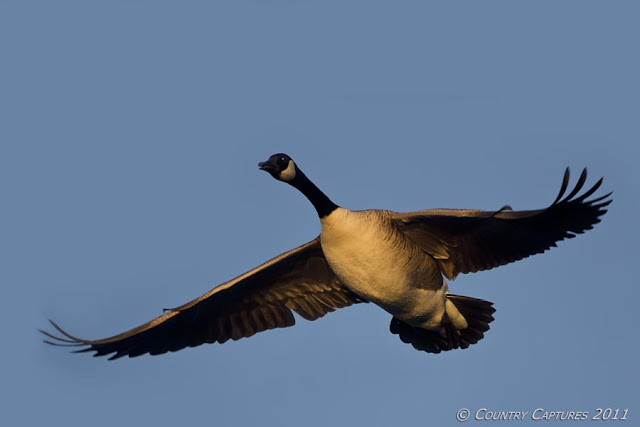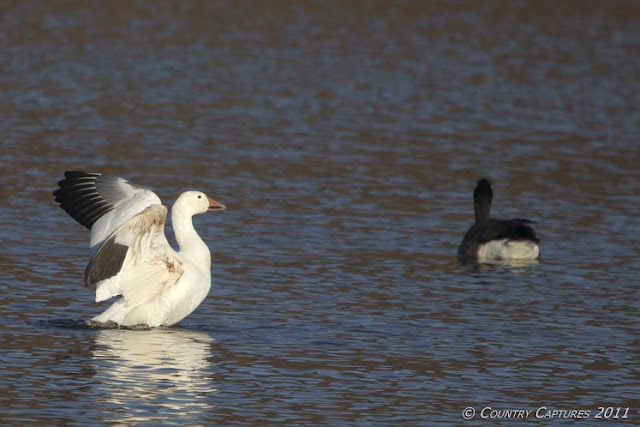Among to many ways to enjoy the outdoors one of my favorites is by boat. Over the years I have owned boats ranging from a little 12 foot jon boat that I car-topped to a 21ft cabin rig that carried me over much of the Chesapeake Bay. My most used boat has been a 15 foot aluminum modified V bass boat with both gas and electric motor. I have towed this boat as far north as Central Ontario and south to North Carolina in search of fishing adventures as well as using it extensively locally. Since getting back into photography with the advent of digital I have been boating a great deal combining fishing with waterfowl photography.
Saturday morning I wet the boat for the first time this year in a nearby lake. Launching was difficult as the Pa Fish and Boat Commission had lowered the lake some 7-8 feet last fall in anticipation of dam repairs. The water was deep enough at the launch ramp for me to get the boat off but a rock ledge just beyond required wading in and rocking the boat by hand to get it through an area of 3-4 inch deep water. Although noting so much as bumped the lures I was trolling the morning was well worth the effort as waterfowl was plentiful.
This first shot is of a flock of Ring-necked ducks feeding along the shoreline as the morning sun lights the scene nearly to the water's edge. The base of the trees mark the normal shoreline when the lake is at normal level. A scenic shot was the best I could do as these ducks flew before I could approach within good camera range.
A small flock of Lesser Scaup did likewise but at a close enough distance to allow me to capture this nice flight shot.
Passing overhead a flock of female Red-breasted mergansers formed the familiar V shaped pattern so common with migrating waterfowl.
When I noticed a lone unidentified duck flying by I took a quick shot in hopes of being able to id it from the photograph. Even though the distance was long and the image is heavily cropped it is easy to identify it as a Green-winged Teal; a bird that I seldom see in my local.
During this outing I observed the waterfowl pictured here along with the following; horned grebe, loon, common merganser,bufflehead, and ruddy ducks.
The spring waterfowl migrations are a wonderful time to be outdoors enjoying what nature has to offer. I am trying to find as much time as possible to photograph these beautifully colored travelers as they only too quickly pass through our area.




















































